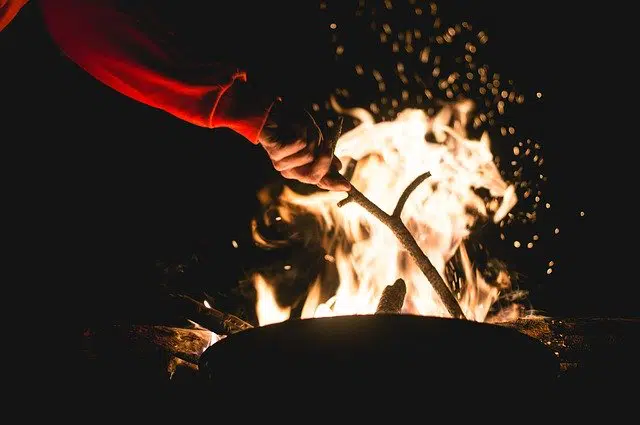
2020 was the most destructive year on the record for wildfires, according to the National Interagency Fire Center, with roughly 57,000 fires destroying more than 10.3 million acres. 31 people lost their lives to wildfires last year in California alone.
So how can we do our part as responsible campers and outdoors enthusiasts to help fight the devastating effects of these often man-made disasters? The answer may be as simple as adding a fire pan to your gear list. What’s a fire pan? Glad you asked.
What Is A Fire Pan?
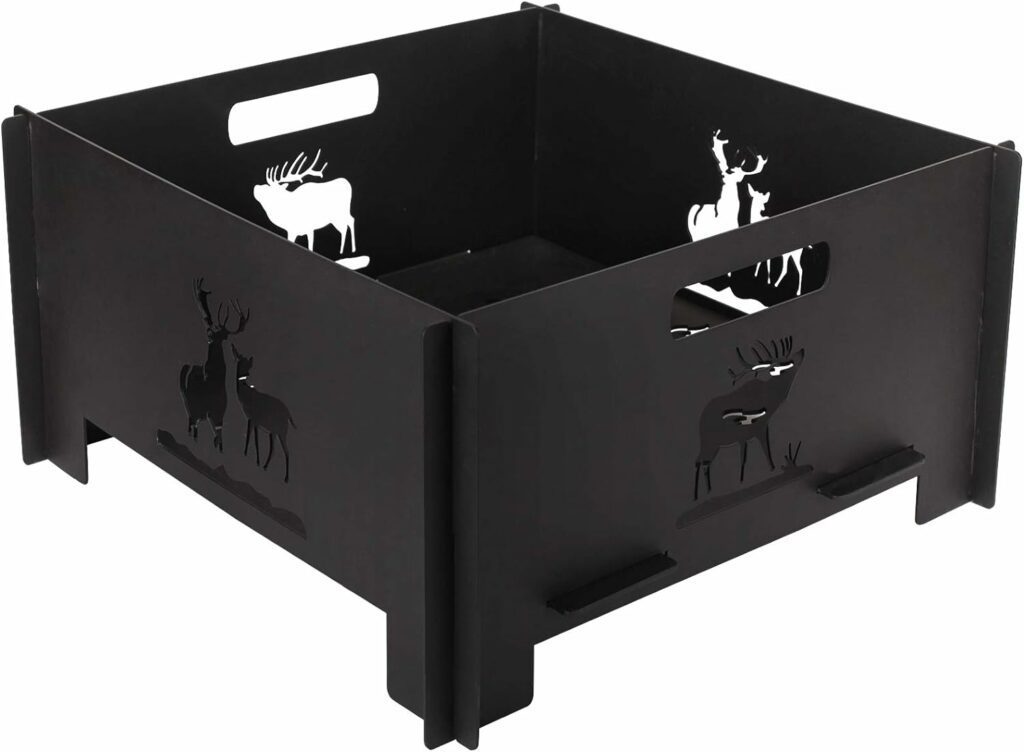
Depends on who you ask. The Bureau of Land Management defines a fire pan as “a metal container with sides of a height sufficient to contain all ash and debris.”
That description leaves an awful lot to the imagination, which prompted other local management organizations to set their own regulations (or to set none at all).
Generally speaking, even the most stringent fire pan regulations will require a container of at least twelve inches total in diameter and two inches deep.
How Does A Fire Pan Work?
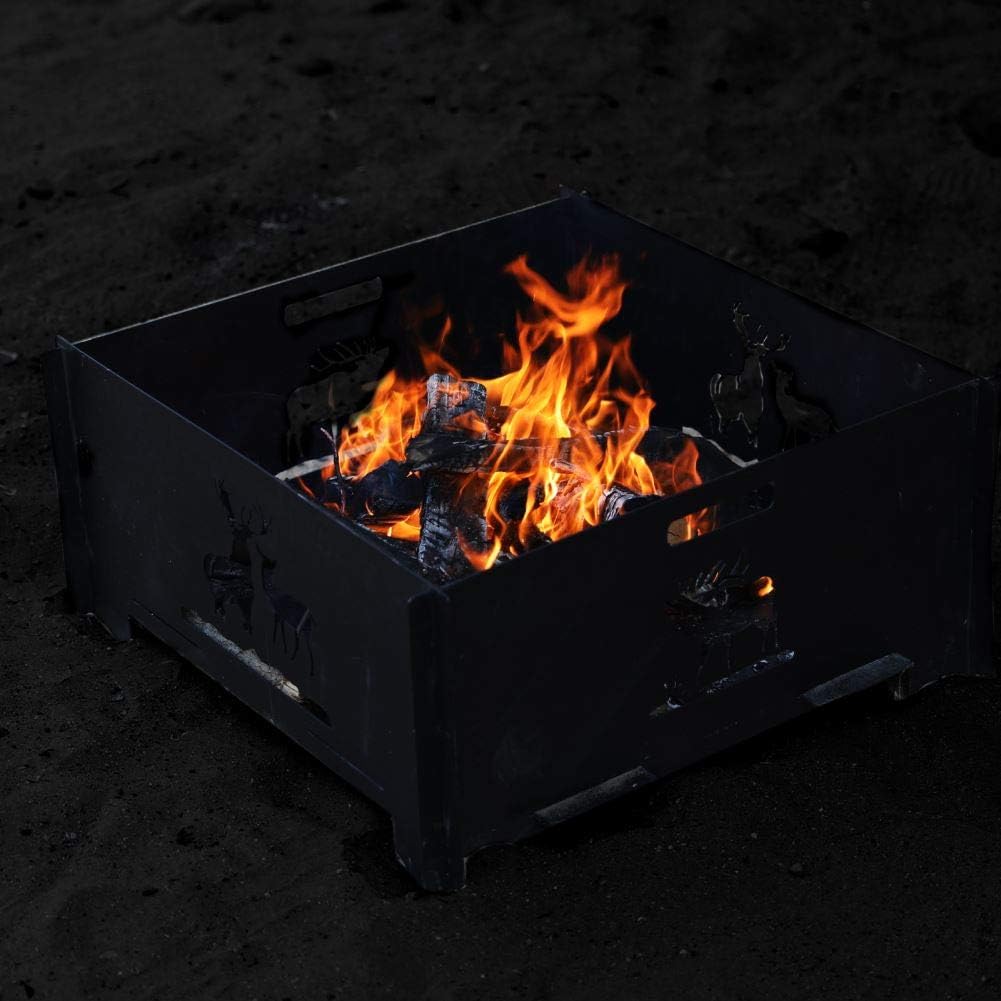
Whenever we stay in a designated campsite, there’s almost always a fire pit or fire ring there for us to use.
When we’re in the backcountry, however, we often find ourselves camping in “primitive sites” or pitching a tent in any flat spot we can find near the trail.
Since there aren’t any fire pits at these sites, building a fire creates a “burn scar” on the land that can take years to heal. Fires built outside of designated fire rings also have higher chances of resulting in forest fires.
That’s where a fire pan comes into play.
A fire pan gives you a place to build and maintain a campfire that doesn’t scorch or damage the ground beneath it, and also keeps the fire contained inside a small area.
Because fire pans are both elevated off the ground and have walls to keep hot coals in place, there’s very little risk of a fire getting out of control or coming into contact with the surrounding forest.
Once your fire is finished, all of the ashes are left sitting inside the pan. That makes cleaning up all of your fire trash and debris a cinch, bringing you one step closer to a zero-impact campsite.
What To Look For In A Fire Pan
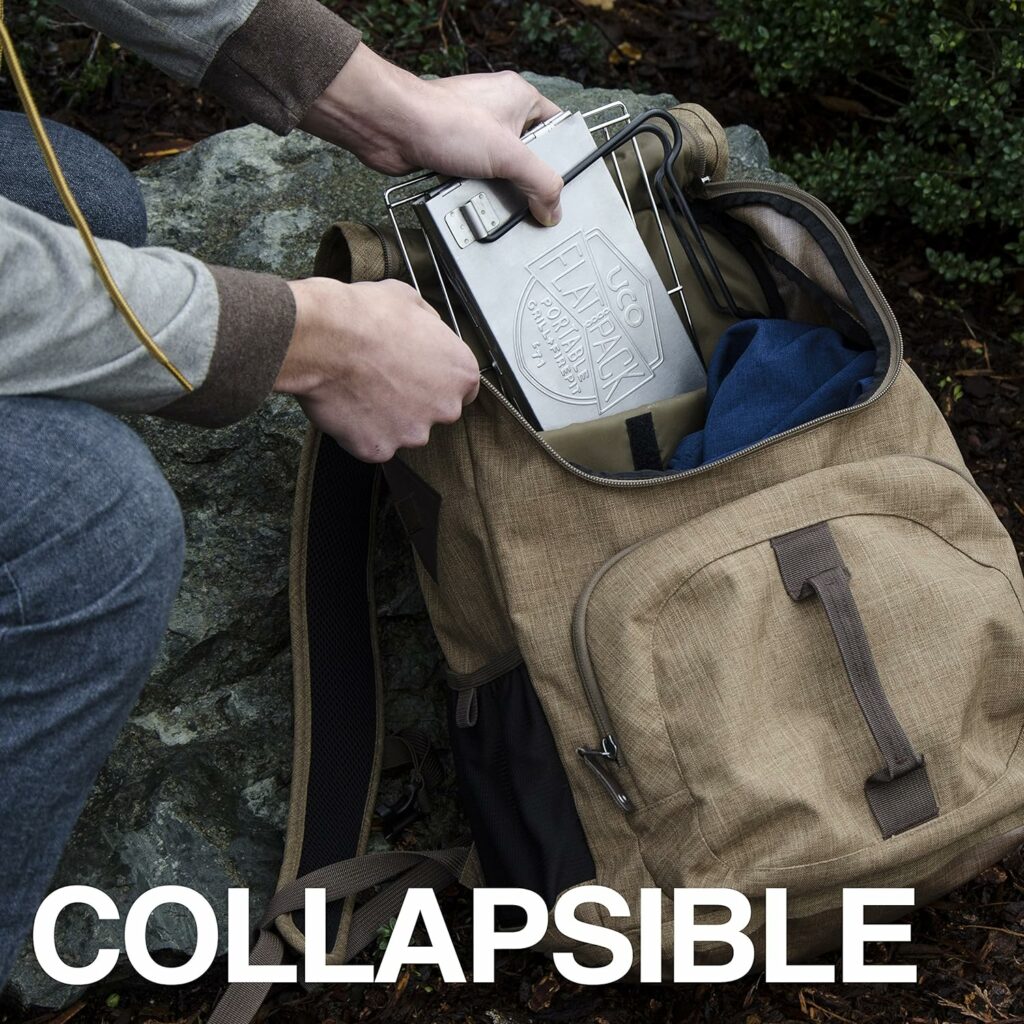
Whether you choose to make your own fire pan or to buy a pre-made one is up to you, but there are a few features you’ll want to keep an eye out for.
Materials
Because your fire pan’s job is, well, to hold fire, not just any metal will do. A lightweight aluminum cake pan, for instance, might be a tempting candidate for a DIY fire pan.
Technically, a cake pan works in a pinch. If you’ve ever thrown a can into a campfire, however, you know aluminum only survives direct heat from a campfire for so long before burning through completely. Most store-bought aluminum cooking pans will last for an outing or two, but can’t be counted on beyond that.
Ideally, any fire pan you choose should be made from steel or titanium. Steel is heavy and titanium is expensive, so I recommend shopping for the lightest steel pan you can find unless money is no object.
Packability
If you’re going car camping, you can always just bring along a fire pit or camp grill to handle fire pan duty.
But we’re talking about the backcountry here, so as always, size and weight are a consideration. Our natural instinct is to go as small and light as we can find, and typically that’s a good instinct to follow.
Remember, though, that some parks have regulations on specific dimensions for fire pans, so you’ll need to make sure that your miniature fire pan isn’t too small.
Personally I’m a fan of a few of the pre-made folding fire pans out there on the market today.
The UCO Flatpack is my favorite, but there are other companies making lightweight collapsible fire pits that might suit your campfire needs just as well.
How To Use A Fire Pan Correctly

Ok, so you’ve got your ideal fire pan in mind. Here’s how to use it:
Set It Up
Most pre-made fire pans include legs that elevate the pan high enough to keep from burning or scorching the ground below. If you’re rocking a DIY pan, or the pan you bought doesn’t include legs, you need to get it up off the ground.
To do this, gather a few large rocks and build up a flat pile that securely holds your pan several inches off the ground. Make sure it’s good and sturdy: Having a fire pan tip over unexpectedly defeats the entire purpose or bringing it along.
Start Your Fire
Just like building a fire anywhere else, start small and work your way up to larger pieces of fuel. I’d wager you’re already a pro at this, but if you want a refresher we’ve got one here.
Clean It Up
When you’re done playing with fire and the ashes are cool to the touch, it’s time to put your money where you mouth is with that whole “leave no trace” mantra.
Cleaning up a fire in the backcountry starts by dispersing the ashes.
The goal is to make it look like a fire was never here, so if you’ve got any larger bits of charcoal left over, go ahead and break them up with your hands. Once you’re down to reasonably sizes coals, walk them into the woods (away from the trail) and fling them in the widest arc you can across the forest floor.
If you borrowed a couple nearby stones to elevate your pan, go ahead and disperse those too.
Once that’s done, there’s nothing left to do but dust off your hands, pack up your fire pan, and get back on the trail.
Final Thoughts On Fire Pans
Obviously our options in the backcountry are limited. More often than not, they’re limited by what we can fit in our packs.
No one expects you to hike out with a ten pound metal fire pit on your back for a thru-hike, but on shorter trips (especially into higher-risk areas) a packable fire pan is a great way to enjoy a fire responsibly while doing right by mother nature.
Some public lands require fire pans to have a fire at all. Always check fire restrictions in any area you travel to, and if a fire pan is mandatory, you should plan accordingly or skip a fire altogether.
READ NEXT: How To Choose The Perfect Food For Backpacking
Pin it!
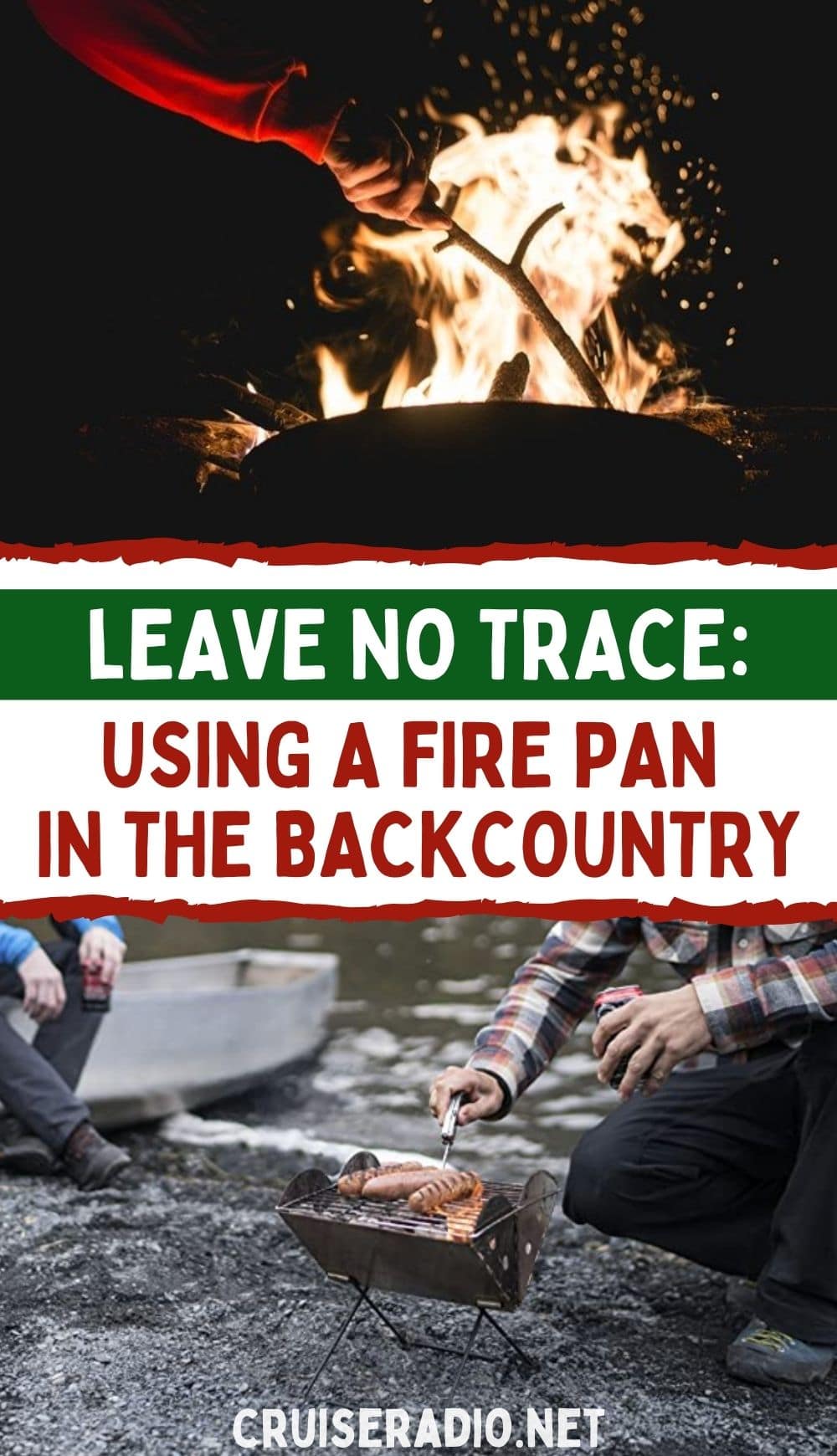
This article contains an Amazon affiliate link.